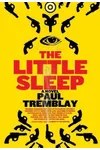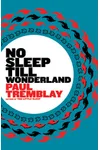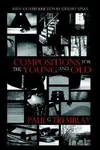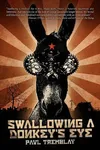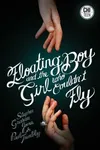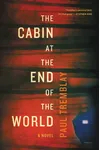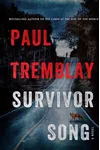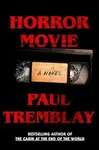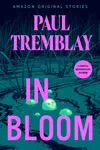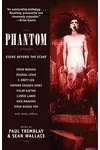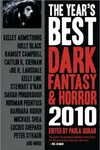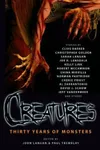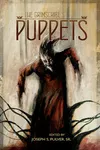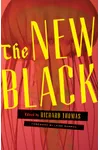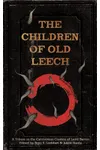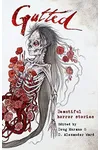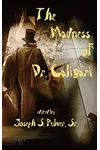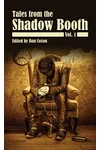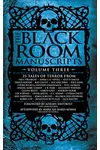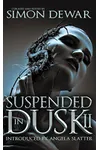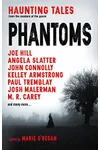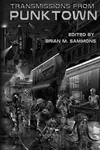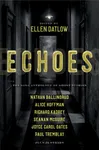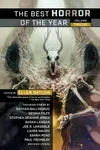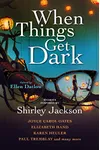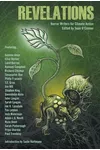Picture an American storyteller who crafts nightmares so vivid they linger long after the final page—meet Paul Tremblay! Born in 1975, this horror maestro blends psychological depth with spine-chilling suspense, earning accolades from Stephen King himself. From The Cabin at the End of the World to A Head Full of Ghosts, Tremblay’s novels redefine modern horror with literary flair.
But Tremblay isn’t just a writer. By day, he’s a math teacher, weaving logic into his eerie tales. His unique ability to merge everyday life with the uncanny has made him a standout in contemporary horror, captivating readers and critics alike.
The Making of Paul Tremblay
Growing up in Massachusetts, Paul Tremblay was shaped by a love for storytelling and the gritty realism of 1980s horror. Influences like Stephen King and Shirley Jackson sparked his passion for the genre, while his mathematics degree added a structured lens to his creative chaos. Before penning novels, Tremblay honed his craft in short stories, publishing in horror magazines and anthologies. His early works, like Growing Things, showcased his knack for blending emotional depth with dread.
Balancing teaching with writing, Tremblay carved a unique path. His classroom experiences—observing human behavior under pressure—infused his stories with authentic, relatable characters. This duality of educator and author set the stage for his breakout success.
Paul Tremblay’s Unforgettable Stories
Tremblay’s novels are masterclasses in psychological horror, often exploring family, identity, and the fragility of reality. A Head Full of Ghosts (2015) is a chilling tale of a family grappling with their daughter’s apparent possession, blurring the lines between mental illness and the supernatural. Critics hailed it as a modern classic, with King calling it “one scary book.”
The Cabin at the End of the World (2018), later adapted into M. Night Shyamalan’s Knock at the Cabin, delivers a tense, apocalyptic thriller about sacrifice and survival. Its lean prose and moral ambiguity keep readers on edge. Other gems like Disappearance at Devil’s Rock (2016) and Survivor Song (2020) tackle grief and pandemics, blending horror with raw human emotion.
Tremblay’s style is distinct: literary yet accessible, with tightly wound narratives that unravel into chaos. His themes—doubt, loss, and the unknown—resonate universally, making his horror both terrifying and profoundly moving.
Why Paul Tremblay Matters
Paul Tremblay has reshaped horror by grounding it in human experience. His Bram Stoker Awards, including wins for The Cabin and Growing Things, reflect his critical acclaim. Beyond awards, Tremblay’s influence lies in his ability to make readers question reality while confronting their deepest fears. His work inspires new horror writers to blend genre thrills with literary depth.
Fans and scholars alike celebrate Tremblay for his fresh take on horror tropes, from possession to home invasion. His stories linger, sparking discussions about belief, family, and survival in an uncertain world.
About Paul Tremblay
- Born: 1975, Massachusetts, USA
- Key Works: A Head Full of Ghosts, The Cabin at the End of the World, Survivor Song
- Awards: Multiple Bram Stoker Awards
- Fun Fact: He’s a math teacher by day, bringing logic to his chilling tales.
Snag A Head Full of Ghosts and dive into Paul Tremblay’s haunting world of psychological horror!
